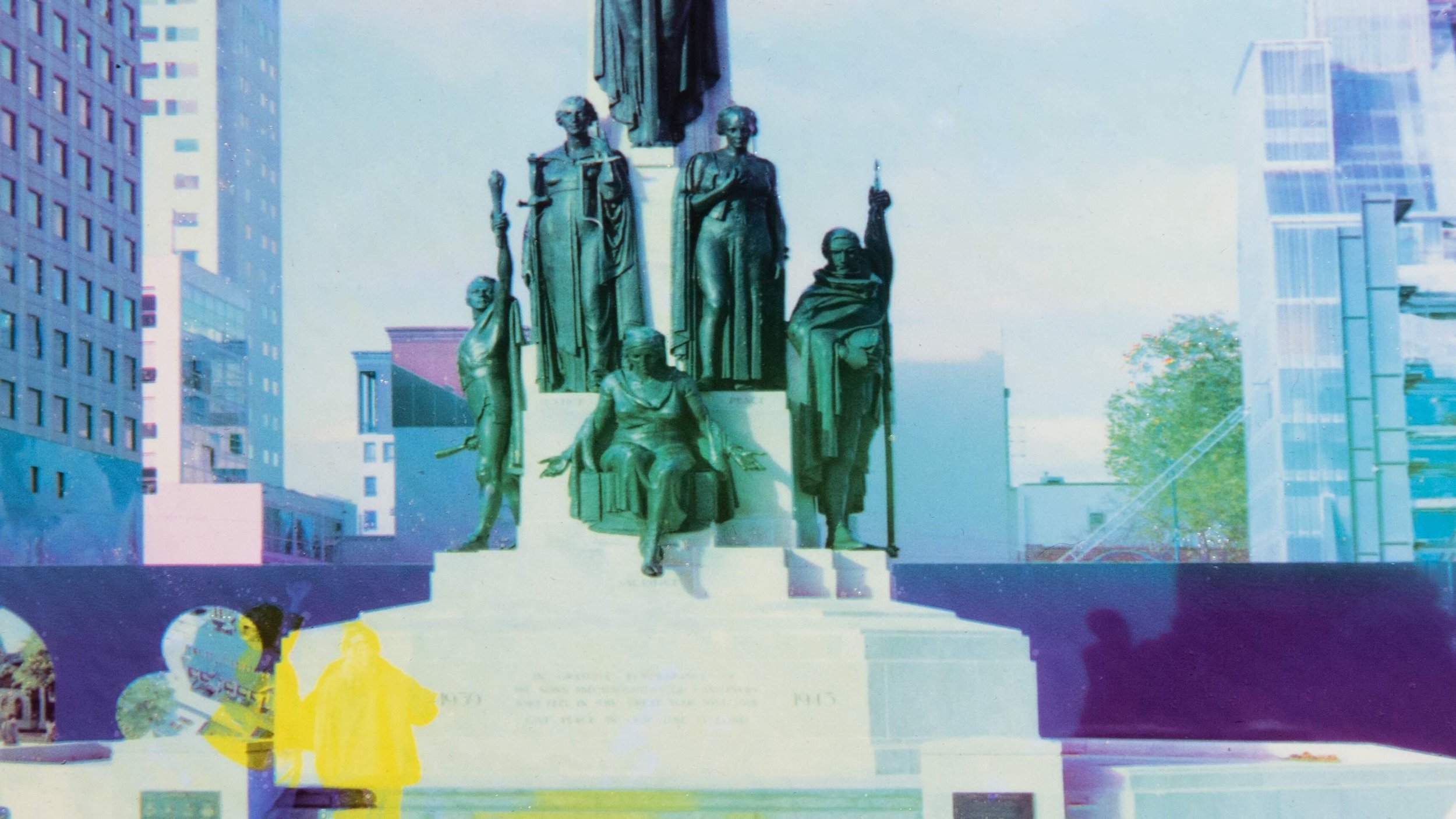Exhibition of Stuart Clook's residency body of work
Open 11am to 4pm daily
Opening 5:30pm | Tuesday 28 May
"Plural Realities: Pigments of Perception" is the culmination of my residency at Photosynthesis, where I focused on advancing my colour printing process and skills. To date my photography and printmaking has largely been monochromatic in colour with some duotone prints made using the gum bichromate process. My artistic influences and inspiration are drawn from the tonalist and pictorialist movements of the late 19th and early 20th centuries, where colour or hue is used to invoke an atmosphere and feeling rather than serving as a literal representation of the scene.
I have always found it difficult to achieve with any real consistency the visualisation I have for my colour prints and the successful prints I have made have been the result of many experiments along with a good dose of serendipity.
To help improve my success rate and personal satisfaction with my colour work, my residency has centered on establishing a colour printing process using the carbon process.
Carbon printing is a photographic printing technique invented by Alphonse Poitevin in 1855 using carbon black for black-and-white prints. In 1869 Louis Ducos du Hauron later extended its capabilities to colour printing by incorporating colour pigments and this process of producing colour prints enjoyed widespread commercial success throughout the first half of the 20th century. It was replaced over time by the dye-transfer process, chromogenic, dye-bleach (Cibachrome) and now, today's 21st century digital printing processes.
Carbon transfer printing has the ability to produce deep rich blacks, subtle tonal gradations and a muted colour palette that are often employed to create a sense of mystery and atmosphere. This control over tonal range and hue is essential for helping me create the nuanced tonalities that define Pictorialism and Tonalism. In addition, I have also explored making carbon prints on a variety of final substrates to enhance the handcrafted aesthetic of the print.
To make a colour carbon print, three negatives produced through red, green and blue filters are printed on dichromate-sensitised sheets of pigmented gelatin (traditionally called carbon tissues) containing cyan, magenta and yellow pigments. These separately exposed colour tissues are then transferred, one at a time, onto a final support paper or substrate. These are then developed in warm water to dissolve the unhardened gelatin, leaving a coloured relief image that is thickest where it received the strongest exposure. Usually, the yellow image is transferred and developed first, then the magenta image is applied on top of it in exact register, and then the cyan image is similarly applied. Although not a traditional step, a fourth black pigment "key" layer is also added to improve edge definition, density and to help control colour balance in the final print. This technique of using four colours is commonly known as CMYK printing and is integral in today’s commercial printing processes.
I work exclusively with black and white film and use Photoshop to enlarge my scanned negatives for my other contact printmaking processes. To be able to make colour prints I have explored using the technique of Trichrome photography and Photoshops ability to create the required CMYK colour separations to use for negatives as the foundation for my printing process
Trichrome photography is a technique used to produce colour photographs before the advent of modern colour film. It involves capturing three separate black-and-white images of the same scene through red, green, and blue filters. These negatives are then scanned and combined in photoshop to create a full-colour image. The concept of trichrome photography dates back to the late 19th century, with early experiments conducted by photographers such as James Clerk Maxwell and Sergey Prokudin-Gorsky.
Using the trichrome technique in my photography resulted in capturing the passage of time and movement between each exposure that then renders itself as colour shifts in the recomposed image and final print. The extent of this effect was unexpected and became a fascinating aspect of my residency as I explored the interaction of time, movement and the intensity and direction of the light.
The resulting exhibition, "Plural Realities: Pigments of Perception," invites viewers to explore perception's multifaceted nature through diverse compositions and to enrich visitors' appreciation for the science and craft of traditional photographic processes.
Stuart Clook, April 2024

